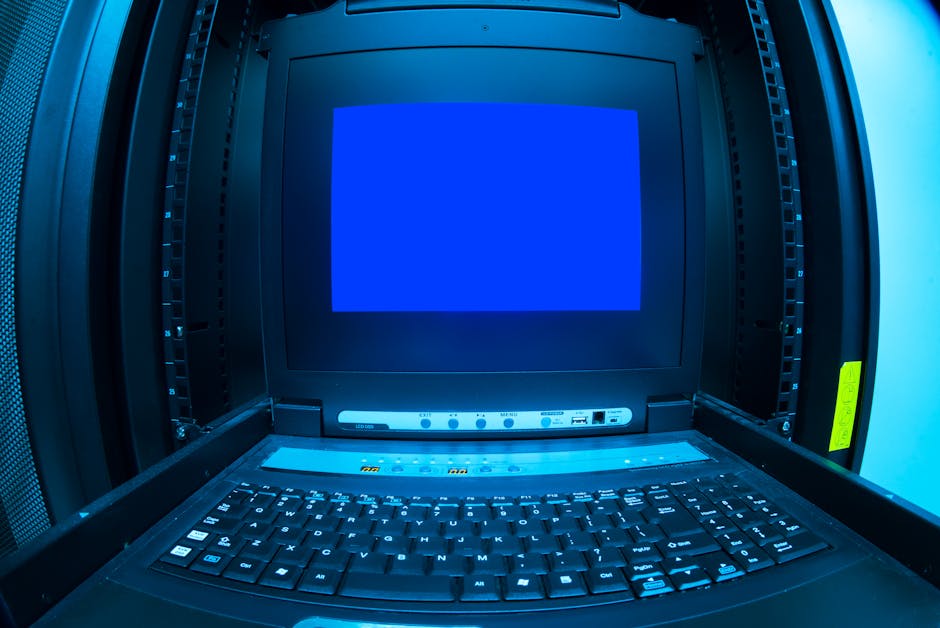
Understanding Error Detection Techniques in Data Communication
Introduction to Error Detection
In the realm of error detection, ensuring the accuracy of transmitted data is crucial. Errors can occur due to noise, signal degradation, or other transmission issues, making robust error detection methods essential for reliable communication systems.
Common Error Detection Techniques
Parity Check
The simplest form of parity check involves adding a parity bit to data bits to detect single-bit errors. This method is easy to implement but limited in detecting only odd numbers of errors.
Checksum
The checksum method sums data values and sends the total along with the data. If the sum isn't consistent upon reception, an error is indicated. Checksums are often used in network protocols to verify data integrity.
Cyclic Redundancy Check (CRC)
The cyclic redundancy check offers a more sophisticated approach, detecting common types of errors with high accuracy. CRC is widely employed in digital networks and storage devices.
Importance of Error Detection
Implementing effective error detection techniques enhances data integrity, reduces retransmissions, and improves overall system reliability. Combining multiple methods can provide even greater assurance against data corruption.
Conclusion
Choosing the right error detection method depends on the specific requirements of the communication system, such as speed, complexity, and error susceptibility. Understanding these techniques enables engineers to design more robust data transmission systems.
